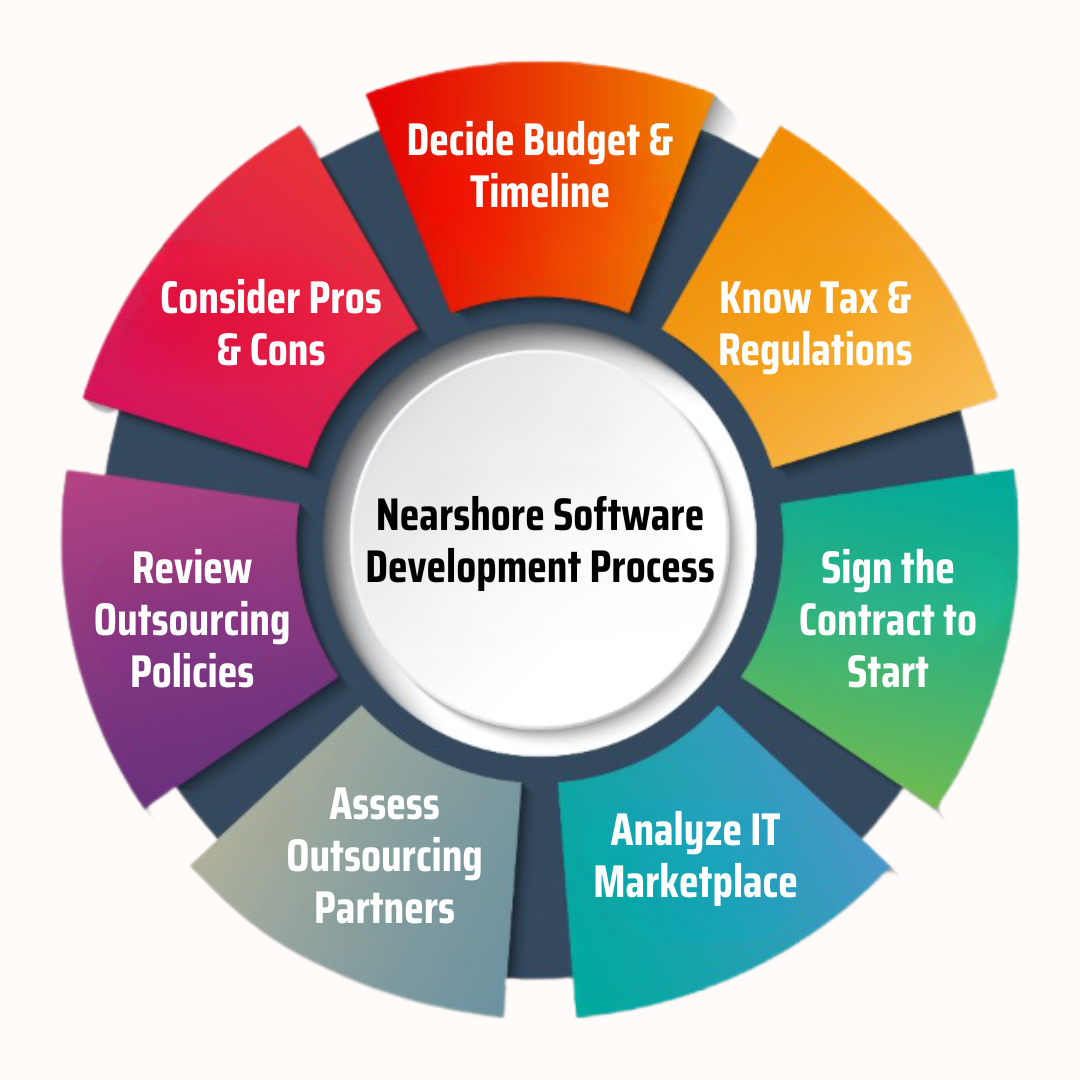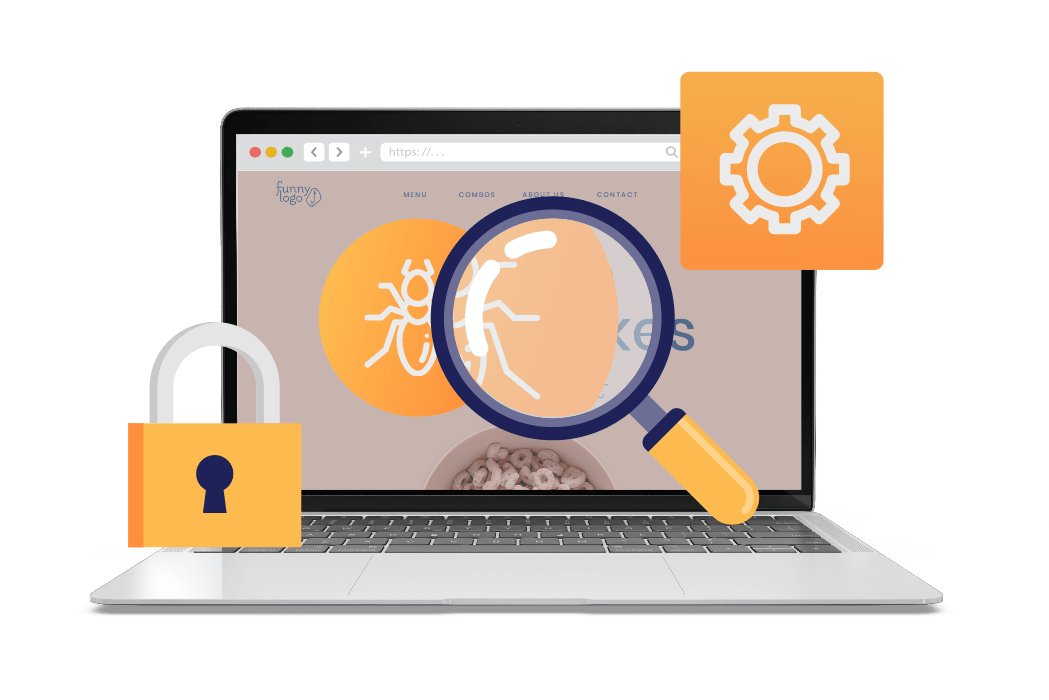Nearshore software testing sets the stage for this enthralling narrative, offering readers a glimpse into a story that is rich in detail with a casual formal language style and brimming with originality from the outset. In today’s fast-paced software development industry, the practice of nearshore software testing plays a pivotal role in ensuring efficiency and quality.
Definition and Overview
Nearshore software testing involves outsourcing software testing services to a nearby country or region that shares a similar time zone, culture, and language. This approach allows companies to benefit from cost-effective services while minimizing communication and operational challenges often associated with traditional offshore outsourcing.
Concept of Nearshore Outsourcing in Software Testing
Nearshore outsourcing in software testing refers to the practice of delegating testing activities to a third-party service provider located in a neighboring or nearby country. This model offers advantages such as proximity, cultural alignment, and reduced travel time, making collaboration and coordination more effective.
Benefits of Nearshore Software Testing
- Proximity and Time Zone Alignment: Nearshore software testing allows for real-time collaboration and communication due to the close geographical proximity and shared time zones between the client and the service provider.
- Cultural Compatibility: Nearshore outsourcing often involves countries with similar cultural backgrounds, leading to better understanding and alignment of work practices, values, and communication styles.
- Cost-Effectiveness: While nearshore outsourcing may not always be the cheapest option, it offers a balance between cost and quality, as compared to onshore services.
- Quality and Expertise: Nearshore service providers often offer skilled professionals with expertise in software testing, ensuring high-quality results and efficient project delivery.
Comparison with Offshore and Onshore Testing
- Offshore Testing: While offshore testing may provide cost savings, it can present challenges related to communication barriers, time zone differences, and cultural discrepancies. Nearshore testing offers a middle ground, balancing cost-effectiveness with effective communication and collaboration.
- Onshore Testing: Onshore testing involves hiring local testing professionals, which can be costly. Nearshore testing provides a cost-effective alternative while maintaining proximity and cultural alignment for smoother project execution.
Factors to Consider: Nearshore Software Testing

When choosing a nearshore software testing partner, there are several key factors to consider to ensure a successful collaboration. From time zone compatibility to cultural fit and language proficiency, each aspect plays a crucial role in the effectiveness of the testing process.
Time Zone Compatibility
Time zone compatibility is essential when selecting a nearshore software testing partner. Ensuring that the working hours overlap to allow for real-time communication and collaboration is key to maintaining efficiency and productivity. Misaligned time zones can lead to delays in feedback, decision-making, and problem-solving, ultimately affecting the overall testing timeline and quality.
Cultural Fit
The significance of cultural fit in nearshore software testing relationships should not be underestimated. Cultural differences can impact communication styles, work ethics, and overall team dynamics. It is essential to choose a partner whose values, norms, and working practices align with your own organization’s culture to foster a harmonious and productive working environment.
Language Proficiency
Language proficiency is another critical factor that can impact the effectiveness of nearshore software testing. Clear and effective communication is key to successful testing outcomes. Ensuring that your testing partner has a high level of proficiency in the language used for communication can help prevent misunderstandings, misinterpretations, and errors, ultimately leading to smoother collaboration and better results.
Best Practices

Effective communication channels with a nearshore testing team are crucial for successful collaboration. Regularly scheduled meetings via video conferencing, instant messaging platforms, and project management tools can ensure clear and timely communication. It is also important to establish a culture of transparency and openness to address any issues promptly.
Strategies for Managing Remote Nearshore Testing Teams Efficiently
- Set clear goals and expectations upfront to align the team towards common objectives.
- Implement regular progress updates and feedback sessions to monitor performance and address any issues promptly.
- Utilize collaboration tools and platforms for sharing documents, test cases, and results in real-time.
- Encourage team building activities and virtual social interactions to foster a sense of camaraderie and unity among team members.
Role of Project Management Tools in Coordinating Nearshore Software Testing Activities
Project management tools play a vital role in coordinating nearshore software testing activities by providing a centralized platform for task assignment, progress tracking, and communication. Tools like Jira, Trello, or Asana can help streamline workflows, allocate resources effectively, and ensure project milestones are met on time.
Tips for Ensuring Data Security and Confidentiality in Nearshore Software Testing Projects
- Implement robust data encryption protocols to protect sensitive information shared during testing activities.
- Restrict access to confidential data only to authorized team members with proper clearance levels.
- Regularly conduct security audits and assessments to identify potential vulnerabilities and address them proactively.
- Sign non-disclosure agreements (NDAs) with all team members to legally safeguard proprietary information and trade secrets.
Case Studies
In this section, we will explore case studies of successful nearshore software testing projects, analyzing the outcomes, challenges faced, and the impact on project timelines and quality.
Case Study 1: Financial Services Application Testing
One successful case study involves a financial services company that opted for nearshore software testing for their new mobile banking application. By collaborating with a nearshore team located in a neighboring country, they were able to conduct comprehensive testing round the clock, ensuring quick turnaround times for bug fixes and updates.
- The outcome of this approach was a significant reduction in the number of critical bugs reported by end-users post-launch.
- Challenges faced included language barriers and cultural differences, which were overcome through regular communication and team-building activities.
- The impact on project timelines was positive, with faster testing cycles and improved quality leading to an earlier launch date.
Case Study 2: E-commerce Website Testing, Nearshore software testing
Another case study involves an e-commerce company that decided to outsource their website testing to a nearshore team in a nearby country. The nearshore team was able to provide round-the-clock support during peak shopping seasons, ensuring the website’s stability and performance.
- By adopting nearshore testing, the company saw a significant decrease in website downtime and an increase in customer satisfaction due to a smoother shopping experience.
- Challenges faced included coordinating different time zones and ensuring seamless integration with the in-house development team, which was addressed through effective project management tools and communication channels.
- The impact on overall project quality was evident, with fewer post-launch issues and a more robust website that could handle increased traffic without crashing.
Final Conclusion

In conclusion, nearshore software testing emerges as a strategic choice for businesses aiming to optimize their testing processes while maintaining high standards of quality. By leveraging the benefits of nearshore outsourcing, firms can overcome challenges, enhance communication, and drive successful project outcomes.
Dive into the world of nearshore software testing and witness the transformation it can bring to your software development projects.
Question Bank
How does nearshore software testing differ from offshore and onshore testing?
Nearshore software testing involves collaborating with teams in nearby countries, offering advantages in terms of cultural compatibility and time zone proximity compared to offshore testing (overseas) and onshore testing (within the same country).
What role does language proficiency play in nearshore software testing?
Language proficiency is crucial in nearshore software testing as it impacts communication effectiveness. Teams with strong language skills can ensure clear understanding of requirements and efficient collaboration.
How can firms ensure data security in nearshore software testing projects?
To ensure data security, firms should implement robust encryption protocols, conduct regular security audits, and establish clear confidentiality agreements with their nearshore testing partners.
